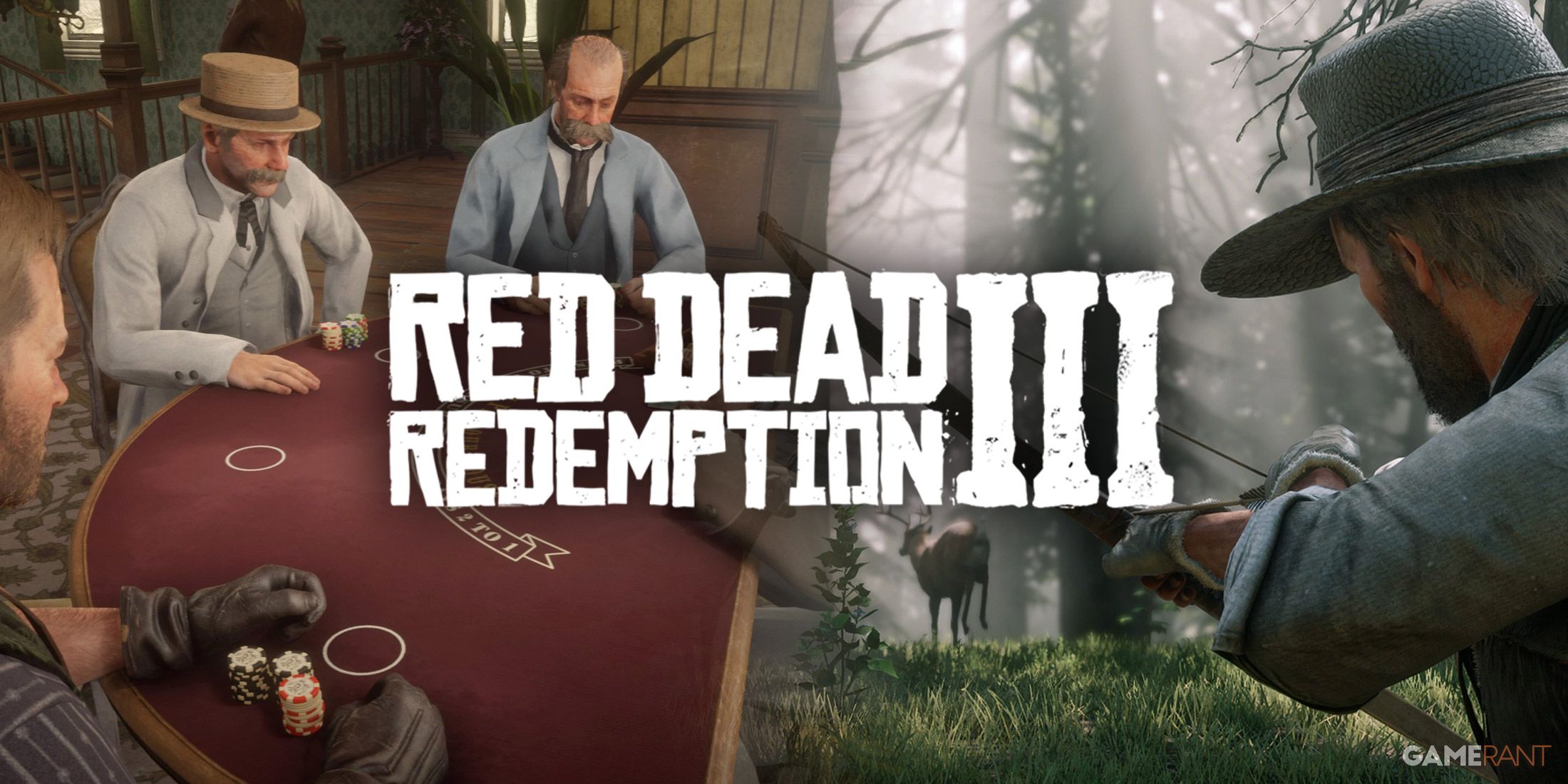Fashion
Style File: Indigenous Fashion Is Skyrocketing To The Top
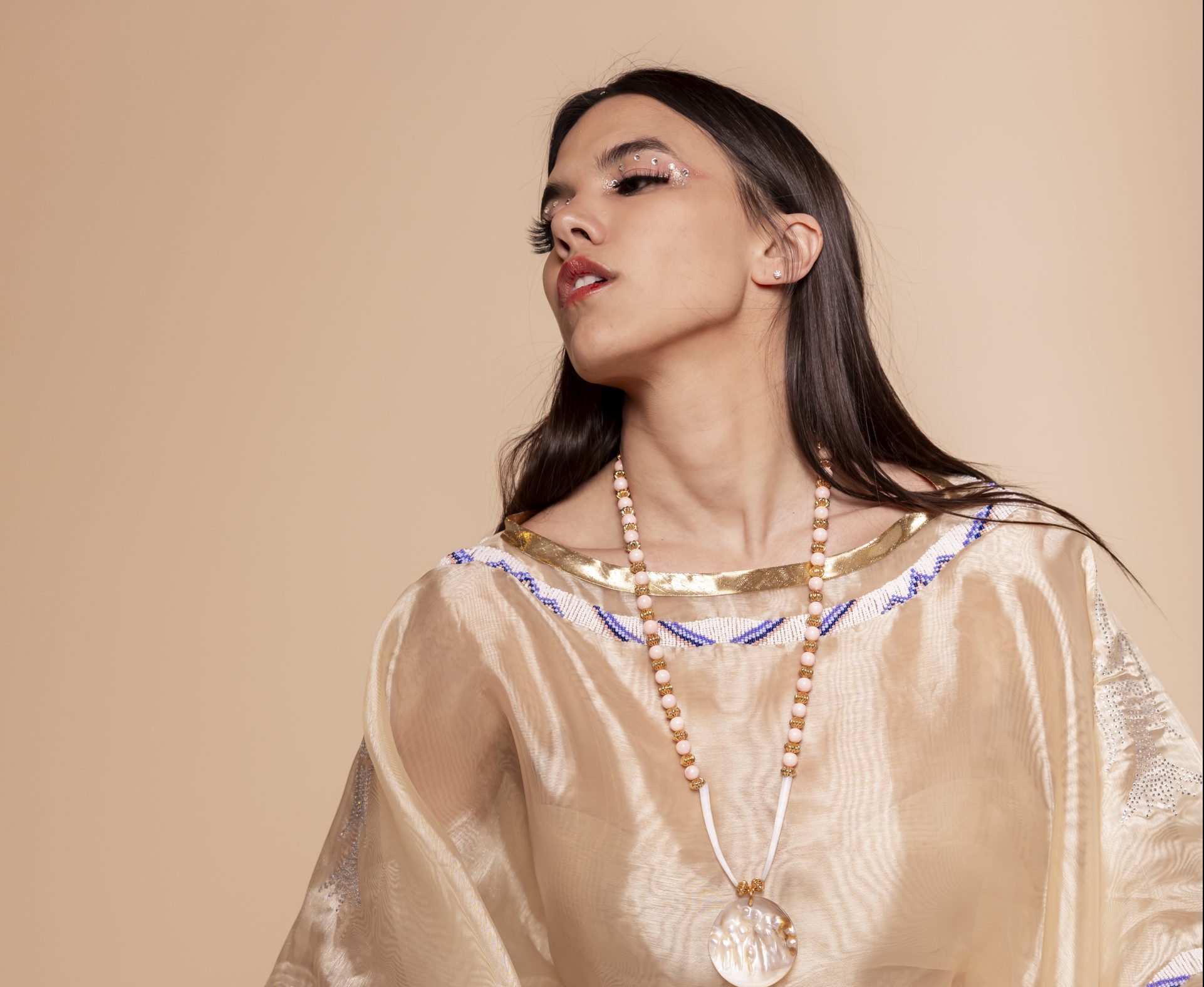
Indigenous fashion is finally getting its much-deserved time in the limelight. But this isn’t just some fleeting moment. Quite the contrary — it’s a full-blown movement that’s millennia in the making.
Last year, the council of fashion designers of America inducted Jamie Okuma (La Jolla Band of Luiseño Indians) into its ranks, marking the first time a Native American has joined the prestigious organization. This spring, the Southwestern Association for Indian Arts produced the first-ever Native Fashion Week to take place in the United States. And in recent years, stars like Blackfeet/Nimíipuu actress Lily Gladstone and Hän Gwich’in/Sic˙aŋg˙u/Oglala Lakota model Quannah ChasingHorse have been donning Indigenous looks on red carpets from the Academy Awards to the Met Gala.
Much like the Native renaissance we’re seeing across pop culture, politics, food, and the like, this movement is all about real representation. After decades of cultural appropriation and extractive practices by top fashion houses, Indigenous creatives are actively reclaiming their beautiful, diverse cultural traditions on a global stage.
“The world is obviously in love with Indigenous design, but the world hasn’t always known it as Indigenous design,” says Anishinaabe activist, artist, and storyteller Sarain Fox, who hails from Batchewana First Nation in Ontario. “Instead, we know it through the Western ideology and romanticism of the Old West. But brands can no longer embody that idea of iconic Americana unless they’re including Black, Brown, and Indigenous bodies in the history of America. It’s so important for Indigenous people to be the ones behind Indigenous designs, because they get so much better with true authenticity.”
Far from merely clothing, these creations have deep roots in culture and history. “In the communities I come from, it’s so common to see families creating in their living rooms or at their kitchen tables,” says Bethany Yellowtail, the Montana-based Crow and Northern Cheyenne designer behind the popular label B.Yellowtail. “Growing up, I didn’t look at it as fashion design, but now as an adult, I understand that we really come from a culture of the first fashion designers. It’s interwoven into and integral to everything we do.”
Sky-Eagle Collection (modeled by Naiomi Glasses) (PHOTOGRAPHY: Tyler Glasses)
Since launching her namesake brand a decade ago, Yellowtail has become a leading voice in the industry. With her vibrant womenswear and home goods, she marries historical references with modern influences and has a decided focus on inclusivity that’s reflected by her tagline: Indigenously designed for all.
“I have an online business that caters to anyone around the world, which I’m constantly thinking about during my creative process,” she says. “I’m always mindful of balancing what’s appropriate for anyone to wear and doing my due diligence to ensure I’m not using symbols or motifs that are reserved for ceremonial people and purposes. Fashion is a universal language of its own, and it’s a beautiful way to share our stories and celebrate who we are.”
Much like Native cultures, Indigenous designs are not a monolith. So while fashionistas might observe similar aesthetics or practices — think captivating beadwork, flowing ribbonwork, grounding earthen colorways, and striking geometric patterns — it’s vital to understand that designers’ creations are born from their unique cultural backgrounds and lived experiences. Despite what years of appropriation has led many people to believe, there’s no such thing as Pan-Indigenous fashion.
Osage artist, activist, and veteran Dante Biss-Grayson aims to educate both consumers and industry insiders about how to “appreciate Native fashion instead of appropriate it.” Fittingly, he dubs the dresses, skirts, and ranch shirts of his Sky-Eagle Collection “new Native fashion” — meaning they’re not traditional regalia and instead contemporary takes on his culture that anyone can wear.
For Biss-Grayson, fashion has been healing. After returning from military tours in Iraq, Kuwait, Afghanistan, and Italy, he opened his Taos, New Mexico, art studio to “paint away the pain,” then forayed into fashion by chance in 2020. It was a fruitful twist of fate, since business is booming. His covetable couture designs — eye-catching amalgamations of lace, ribbons, and beads — have been worn everywhere from New York Fashion Week to award season red carpets to the White House. But Biss-Grayson isn’t motivated by fame and fortune; rather, he hopes to build up economic development in his community and create jobs for people as couturiers, seamstresses, and the like.
 B. Yellowtail (PHOTOGRAPHY: Yulissa Mendoza)
B. Yellowtail (PHOTOGRAPHY: Yulissa Mendoza)
“That would be the dream of all dreams for me,” he says. “In the cycle of a lot of tribes, we always teach the young ones and give back. It’s part of my role on the road to becoming an elder and educator. For instance, we’ve started a consultation segment of Sky-Eagle so we can teach other brands and build them up.” Still, he’s not naïve about the realities of the fashion world and the unlikelihood that this often-cutthroat industry will dedicate real resources to uplifting Native designers.
Fox is intimately familiar with the inner workings of the industry, having spent the past decade collaborating with best-in-class brands like Sephora, Manitobah, and Canada Goose — and holding them accountable on their diversity promises. But she believes the fashion world still needs to do better.
“Big brands are realizing they can no longer make money off the backs of Indigenous people,” Fox says. “But it’s not enough to just bring in an Indigenous creator for a one-off collection during Indigenous History Month, especially if it’s a Band-Aid solution to make up for something that happened in the past. The future is not just having collaborations because it’s a feel-good diversity check mark; it’s about brands doing collaborations because it’s good for business, revenue, and visibility.”
As a prime example of a company getting it right, Fox points to Nike’s N7 collection and fund, which — since 2009 — has celebrated Indigenous cultures across North America while also investing in tribal communities and organizations to the tune of $12 million. “[Founder and general manager] Sam McCracken had a vision almost 20 years ago for Nike to get involved in Indigenous collaborations, and now we’re seeing NBA players create their own designs that are heavily influenced by their culture,” she says. “N7 has been a vessel for Indigenous design to come through this massive brand, which should be the goal.”
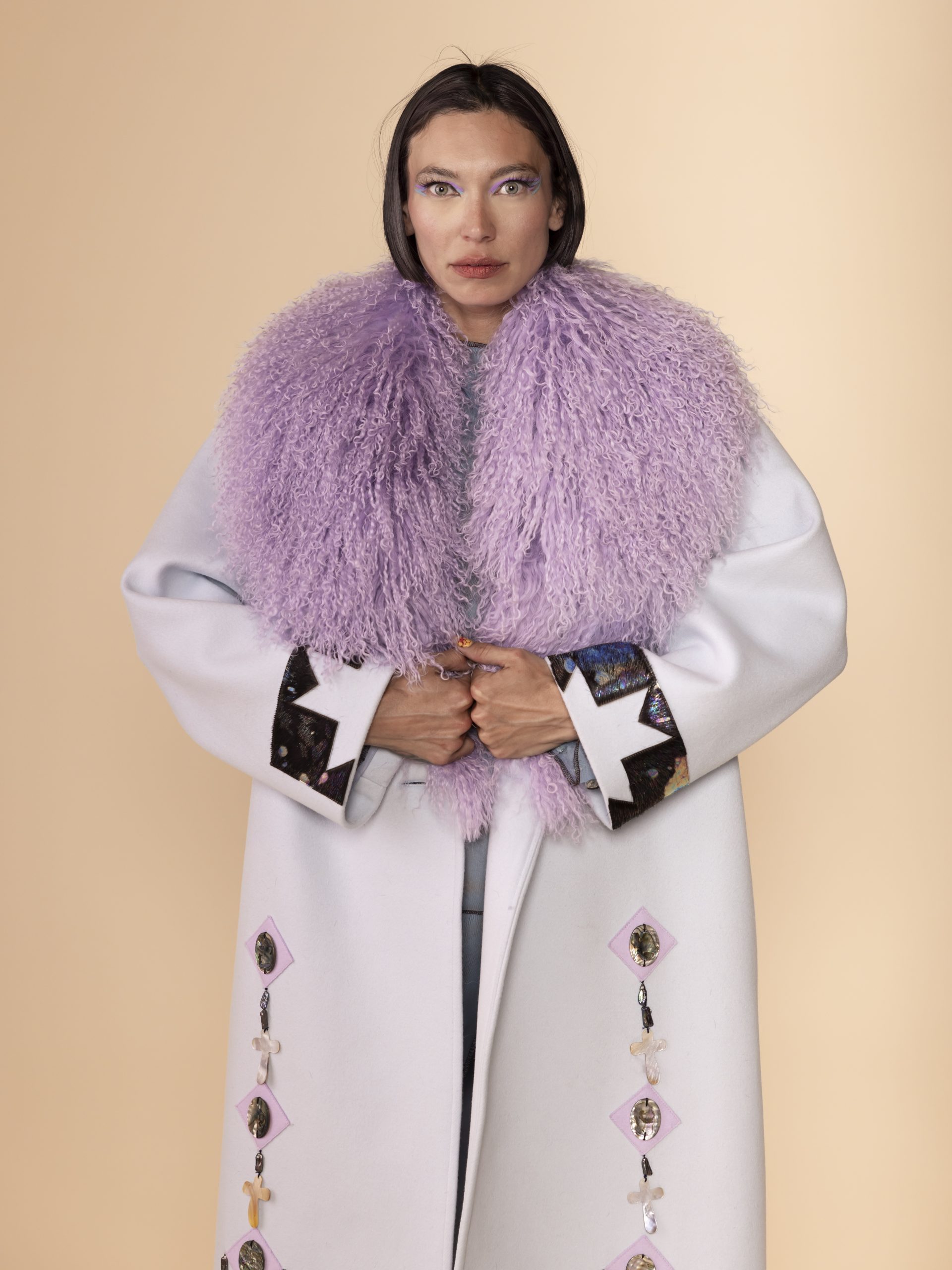 Vividus by Tierra Alysia (modeled by Sarain Fox) (PHOTOGRAPHY: Tira Howard Photography)
Vividus by Tierra Alysia (modeled by Sarain Fox) (PHOTOGRAPHY: Tira Howard Photography)
Another collab making headlines is the Polo Ralph Lauren x Naiomi Glasses collection. As the brand’s first artist-in- residence, the seventh-generation Navajo weaver worked closely with Lauren’s design team to develop clothing and accessories honoring her family, community, and homelands on Dinétah (the Navajo Nation). That celebrated campaign featured Native talents both in front of and behind the camera, including the Glasses family, model Quannah ChasingHorse, Comanche film producer Jhane Myers, Comanche/Osage/Caddo designer Hud Oberly, Navajo filmmaker Shaandiin Tome, Osage photographer Ryan Redcorn, and many others.
It marks a turning point for the company, which has long been criticized for appropriating and profiting from Native themes. Comanche/Kiowa/Cherokee designer, model, and creative director Peshawn Bread has worked as a cultural consultant with the Ralph Lauren brand in recent years to “bring Indigenous art and culture into the threads of the company,” as Bread puts it.
“There’s always a conversation of Native fashion not being taken seriously,” says Bread, who lives in Santa Fe, New Mexico. “When brands do collaborations like this, they’re not just taking that designer seriously, but they’re also taking an entire tribe and a whole ethnic group seriously. When a brand and a designer match on their mission statement and ethos, it creates this respectful, reciprocal relationship. When Ralph Lauren collaborated with Naiomi Glasses, they focused on heritage, craft, and philanthropy.”
Bread understands it’s part of the job — as a frequent consultant across the film, fashion, and creative fields — to help educate and hold accountable well-intentioned individuals and organizations. “Being Native in this world, no matter what industry we’re in, we’re always going to be educating,” Bread explains. “Honestly, it’s really alarming how uneducated and unaware people are. As Native people, we have these long legacies and we carry so much that no one really knows about. So it’s always in our best interest to say something, because how can we move forward if we don’t speak up?”
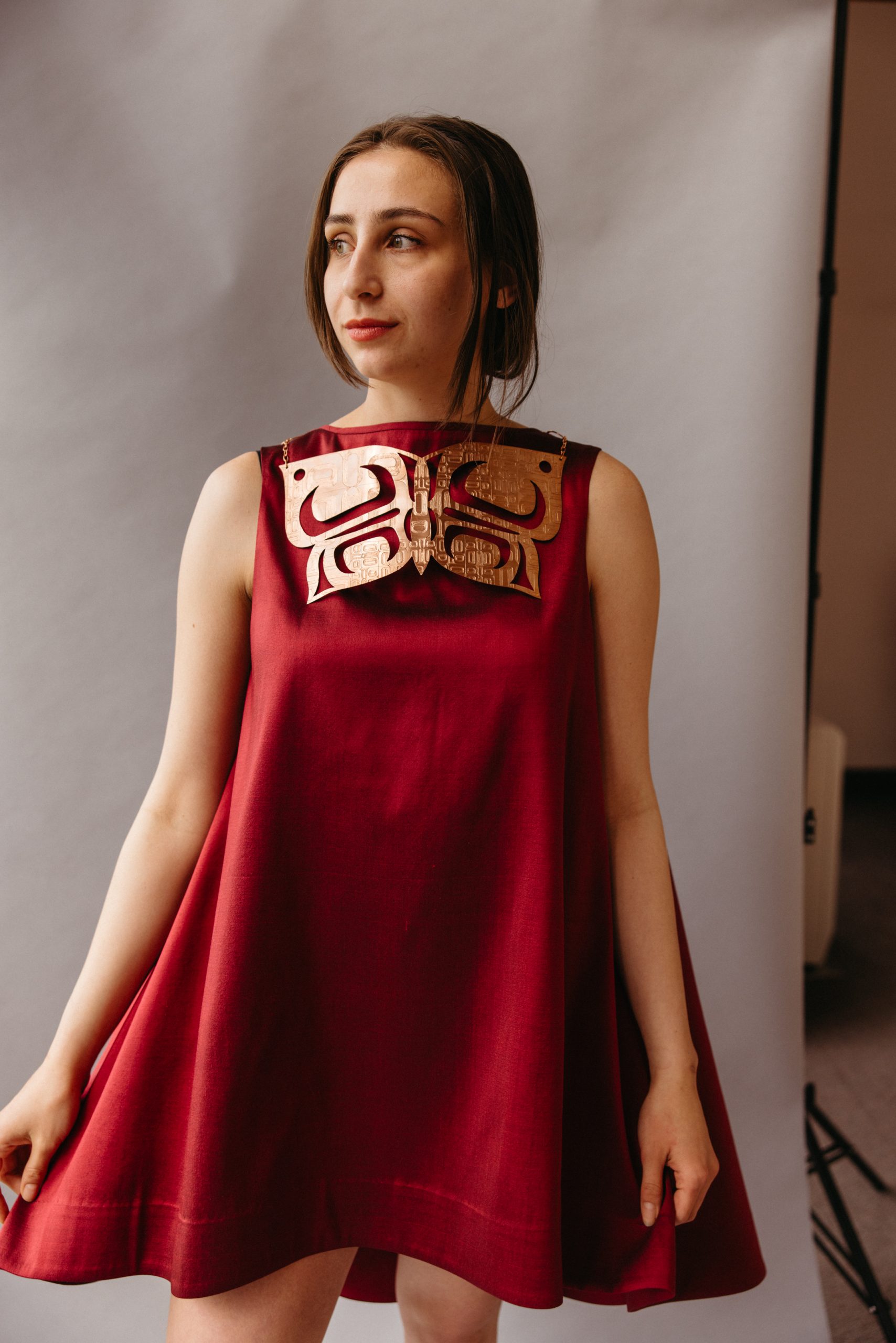 Jennifer Younger Designs (PHOTOGRAPHY: Caitlin Blaisdell)
Jennifer Younger Designs (PHOTOGRAPHY: Caitlin Blaisdell)
In addition to working as a filmmaker and cultural consultant, Bread also debuted a disco-themed collection at SWAIA Native Fashion Week in May. Meaning “to bless” in Comanche, Bread’s House of Sutai label aims to create space for Indigenous LGBTQ2S+ individuals within the style realm. That comes to life as sheer buckskin-hued organza shirts and dazzling hand-strung dentalium and crystal tops that feel of the moment yet also hark back to Bread’s Comanche heritage. When creating, the designer is always thinking of ancestors who passed down time-honored tribal traditions, such as Bread’s great-great-aunt Josephine Myers-Wapp, who continued her weaving practice until she passed at 102 years old.
Inclusivity is also a top priority for renowned Torontobased designer Lesley Hampton (Anishinaabe/Temagami First Nation), another featured talent at the inaugural SWAIA Native Fashion Week. She’s made a name for herself thanks to her stunning occasion gowns and womenswear that are utterly wearable and universally flattering — and therefore beloved by luminaries like Lily Gladstone, singer Lizzo, and Reservation Dogs actress Devery Jacobs (Kahnawá:ke Mohawk).
“As a kid watching the popular Canadian show Fashion Television, I never saw diversity, different skin colors, or different bodies on the runways,” Hampton says. “Even at 10, I was a beyond-the-norm-size Indigenous person, so I didn’t see myself represented in those spaces, which I really hated. That grew into wanting to create an inclusive space for people like me to see ourselves represented.”
Real representation was front and center at the first-ever SWAIA Native Fashion Week, which highlighted both burgeoning and tenured designers whose collections ranged from elegant to edgy. The common theme? All the contemporary looks reflected each designer’s respective community and unique inspiration. The style extravaganza was an extension of the organization’s popular Indian Market fashion show, which has been drawing major crowds and attention since its inception a decade ago.
For SWAIA Fashion Curator, Producer, and Historian Amber-Dawn Bear Robe (Siksika), the goal is to establish Santa Fe as “the preeminent place where the industry comes to experience, learn about, partner with, and invest in Indigenous fashion.” Just months after that successful event, it’s evident she’s well on her way to doing just that. Case in point: In an unprecedented move, global fashion house Balmain previewed its Fall 2024 collection at the Indian Market fashion show in August — sending a strong message about the brand’s dedication to Indigenous collaborations and communities.
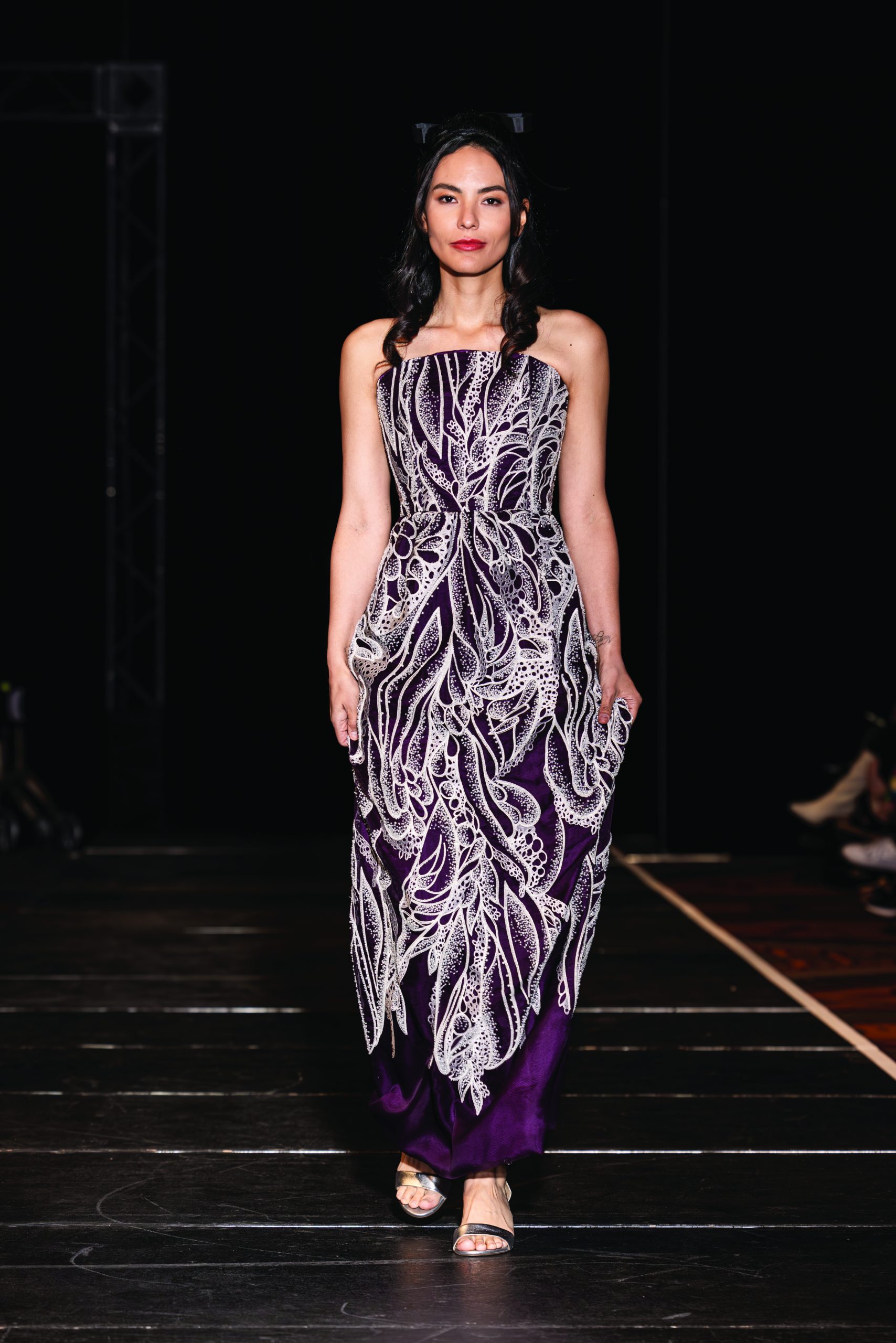 Actress Jessica Matten wearing Lesley Hampton on the SWAIA Native Fashion Week 2024 runway (PHOTOGRAPHY: Tira Howard Photography).
Actress Jessica Matten wearing Lesley Hampton on the SWAIA Native Fashion Week 2024 runway (PHOTOGRAPHY: Tira Howard Photography).
Although the current celebration of Native creativity is certainly exciting, Bear Robe doesn’t mince words about how both brands and consumers can best support Indigenous artists. “We don’t need uplifting — we need investing,” says the steadfast advocate. “Money is what makes the world go round, and money is needed to build the Indigenous fashion industry. The best way to support Native designers is to buy from Native designers.”
She’s also not naïve about the hard work that lies ahead. “We live in a colonial system that wasn’t made for us, but we can make our own system,” Bear Robe says. “That’s how change happens, and that’s what I’m doing with Native Fashion Week — demanding our own space. It’s going to take decades, but I envision the Indigenous fashion world continuing to grow as its own entity and becoming really ingrained within the discourse of American fashion.”
That’s also the hope of acclaimed Tlingit artist Jennifer Younger, whose intricately crafted copper and silver jewelry has been seen on red carpets and magazine covers on the likes of Lily Gladstone and Amber Midthunder (Fort Peck Assiniboine and Sioux). While she’s beyond appreciative for these high-profile opportunities, she wants to see non- Native celebrities and everyday fashionistas embracing Native designs, too.
“We’re experiencing this Indigenous uprising, yet we’re still being kept in our own box,” says Younger, who is based in Sitka, Alaska. “I really want to reach out to stylists and say, ‘My work is Native-made for everyone, so if you have other people you want to accessorize with my jewelry, don’t be afraid to ask.’ Because that’s really showing true appreciation for our art form.”
 House of Sutai by Peshawn Bread (PHOTOGRAPHY: Tira Howard Photography)
House of Sutai by Peshawn Bread (PHOTOGRAPHY: Tira Howard Photography)
No matter who is wearing her wares, Younger is grateful to be bringing traditional Tlingit formline into the modern day, especially having not grown up immersed in her heritage. Like so many Native Americans, her family experienced cultural disruption when her grandmother was placed in residential school and prohibited from practicing her culture. As an adult, Younger yearned to better connect with her ancestry, so in 2012 she started apprenticing under father-and-son artists Dave and Nicholas Galanin to learn the art of formline.
For her, being able to pass those traditions down is the real reward. “I didn’t grow up having any traditional regalia or being a part of a ceremonial dance group, so I really wanted to bridge that gap for my children,” says Younger, who still handcrafts every item herself. “One of the most meaningful things for me is having my daughter join the Dakhká Khwaán Dancers and perform for her first time at [Sealaska Heritage Institute] Celebration this summer. Seeing Native youth take pride in who they are and where they come from makes everything I’m doing worth it.”
Read our guide to respectfully buying and wearing Indigenous fashion.
From our November/December 2024 issue.



